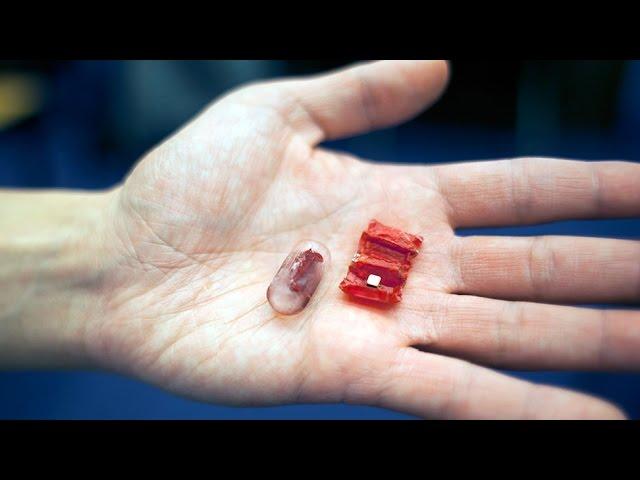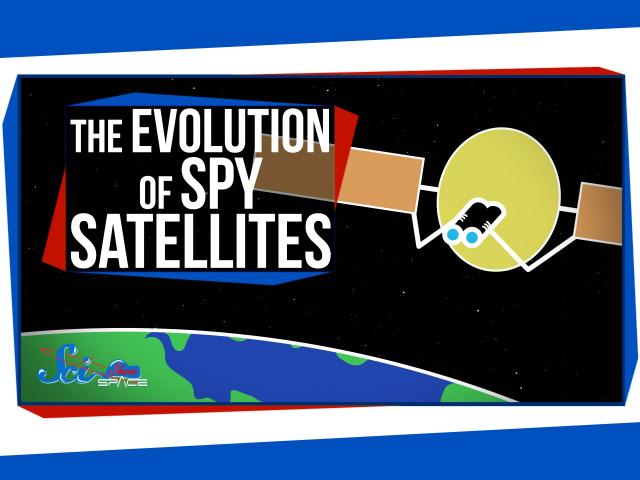Time Travel, Teleportation & Science
Time travel is the concept of moving between different points in time in a manner analogous to moving between different points in space, generally using a theoretical invention, namely a time machine. It has a commonly recognized place in philosophy and fiction, but has a very limited application in real world physics, such as in quantum mechanics or wormholes.
Although the 1895 novel The Time Machine by H. G. Wells was instrumental in moving the concept of time travel to the forefront of the public imagination, The Clock That Went Backward by Edward Page Mitchell was published in 1881 and involves a clock that allowed three men to travel backwards in time.[1][2] Non-technological forms of time travel had appeared in a number of earlier stories such as Charles Dickens' A Christmas Carol. Historically, the concept dates back to the early mythologies of Hinduism (such as the Mahabharata), Buddhism, and Islam through ancient folk tales. More recently, with advancing technology and a greater scientific understanding of the universe, the plausibility of time travel has been explored in greater detail by science fiction writers, philosophers, and physicists.
Teleportation, or Teletransportation, is the theoretical transfer of matter or energy from one point to another without traversing the physical space between them. It has a commonly recognized place in science fiction literature, film, and television, but as yet has a very limited application in real world physics, such as quantum teleportation or the study of wormholes.
Science (from Latin scientia, meaning "knowledge") is a systematic enterprise that builds and organizes knowledge in the form of testable explanations and predictions about the universe. In an older and closely related meaning, "science" also refers to a body of knowledge itself, of the type that can be rationally explained and reliably applied. A practitioner of science is known as a scientist.
In modern usage, "science" most often refers to a way of pursuing knowledge, not only the knowledge itself. It is also often restricted to those branches of study that seek to explain the phenomena of the material universe.
Source : Wikipedia
-
05:36
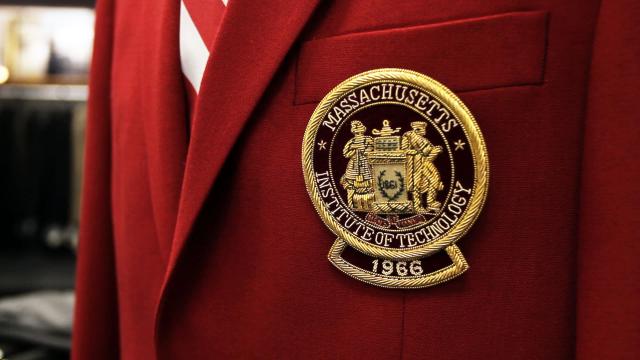
The Red Coats are Coming: 50 Years of the Cardinal Blazer at MIT
Added 463 Views / 0 LikesThe Red Coats are Coming: 50 Years of the Cardinal Blazer at MIT
-
04:07
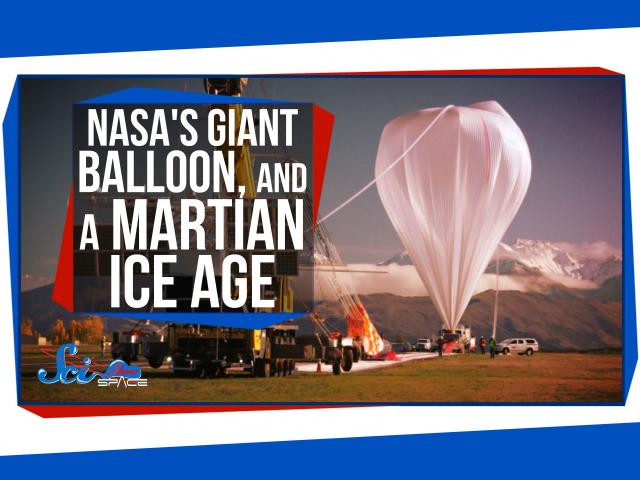
NASA's Giant Balloon, and a Martian Ice Age
Added 753 Views / 0 LikesNASA's Giant Balloon, and a Martian Ice Age
-
04:29
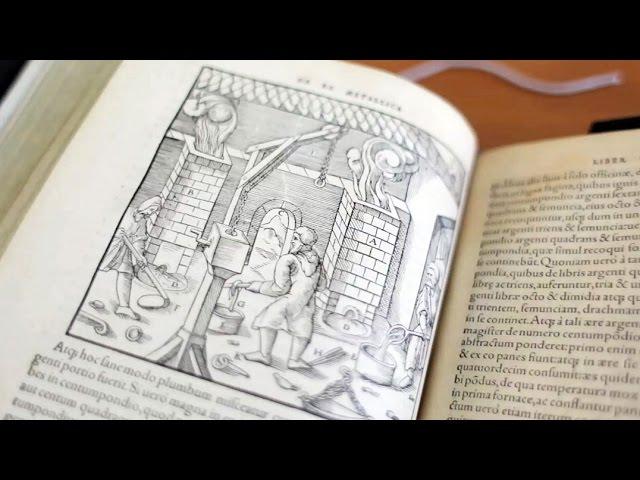
The History of Making Books: Build a Printing Press at MIT
Added 485 Views / 0 LikesThe History of Making Books: Build a Printing Press at MIT
-
03:41
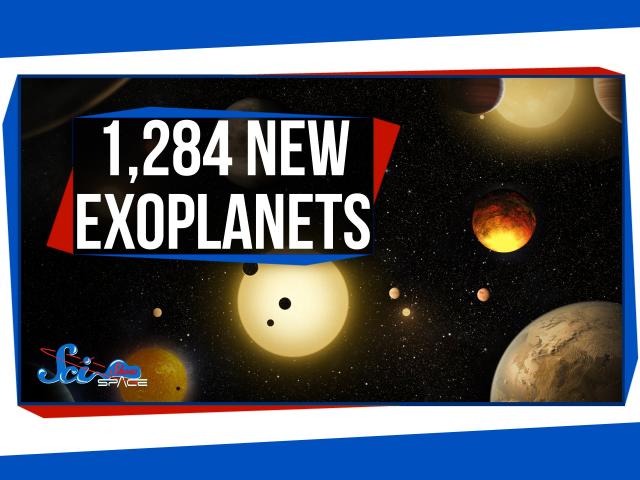
1,284 New Exoplanets, and Tsunamis on Mars!
Added 795 Views / 0 Likes1,284 New Exoplanets, and Tsunamis on Mars!
-
04:03

Another SpaceX Landing, and New Horizons's Next Stop
Added 640 Views / 0 LikesAnother SpaceX Landing, and New Horizons's Next Stop
-
00:31
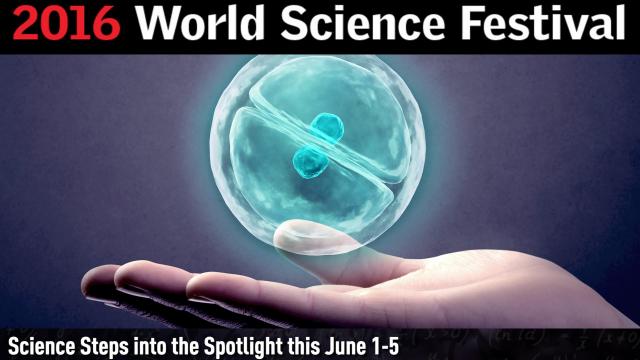
2016 World Science Festival: June 1st - 5th
Added 818 Views / 0 Likes2016 World Science Festival: June 1st - 5th
-
13:36

The Moth - Mindy Greenstein: It's All Relative
Added 514 Views / 0 LikesThe Moth - Mindy Greenstein: It's All Relative
-
13:00
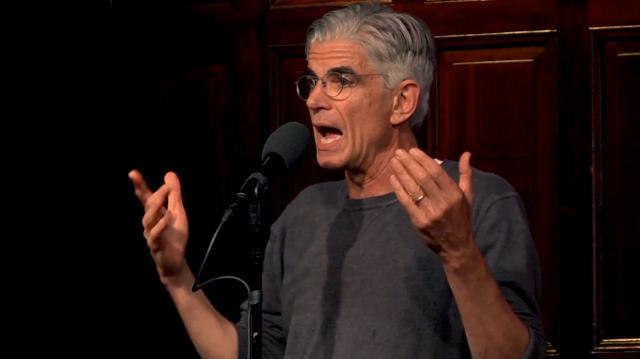
The Moth - Michael Moss: It's All Relative
Added 578 Views / 0 LikesThe Moth - Michael Moss: It's All Relative
-
16:22
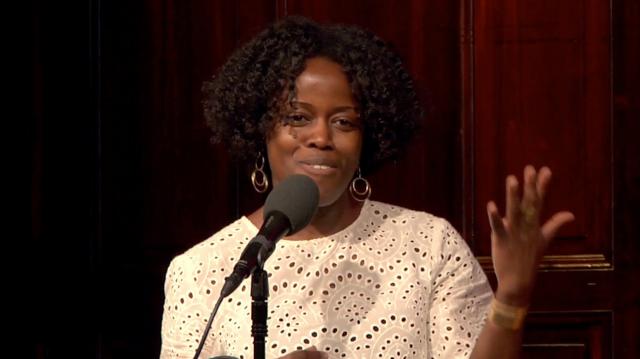
The Moth - Mande Holdford: It's All Relative
Added 585 Views / 0 LikesThe Moth - Mande Holdford: It's All Relative
-
13:25

The Moth - Ellen Stofan: It's All Relative
Added 578 Views / 0 LikesThe Moth - Ellen Stofan: It's All Relative
-
14:22

The Moth - Danielle Ofri: It's All Relative
Added 587 Views / 0 LikesThe Moth - Danielle Ofri: It's All Relative
-
04:39

SpaceX's Mars Mission, and 3 Exciting Exoplanets!
Added 658 Views / 0 LikesSpaceX's Mars Mission, and 3 Exciting Exoplanets!
-
04:22

Could We Really Visit Other Stars?
Added 665 Views / 0 LikesCould We Really Visit Other Stars?


